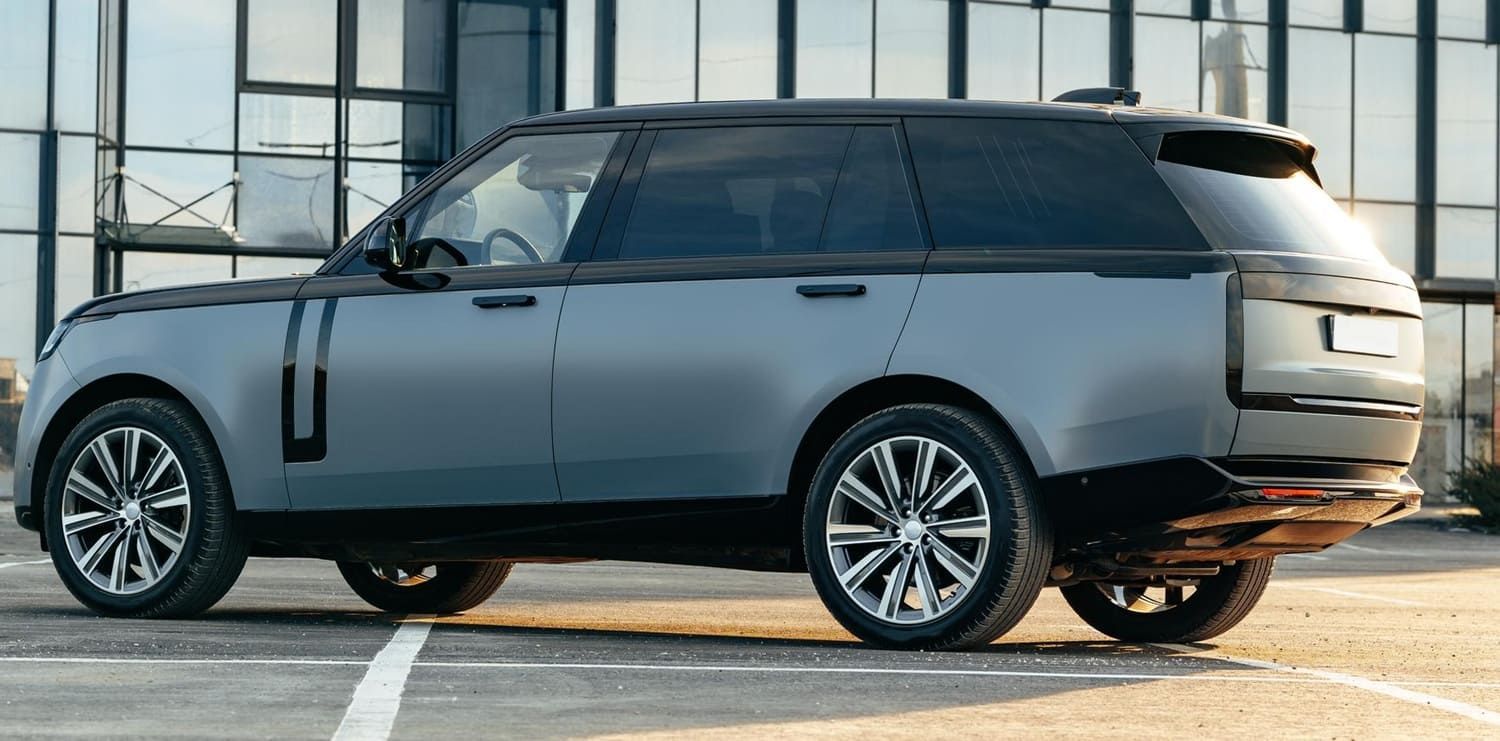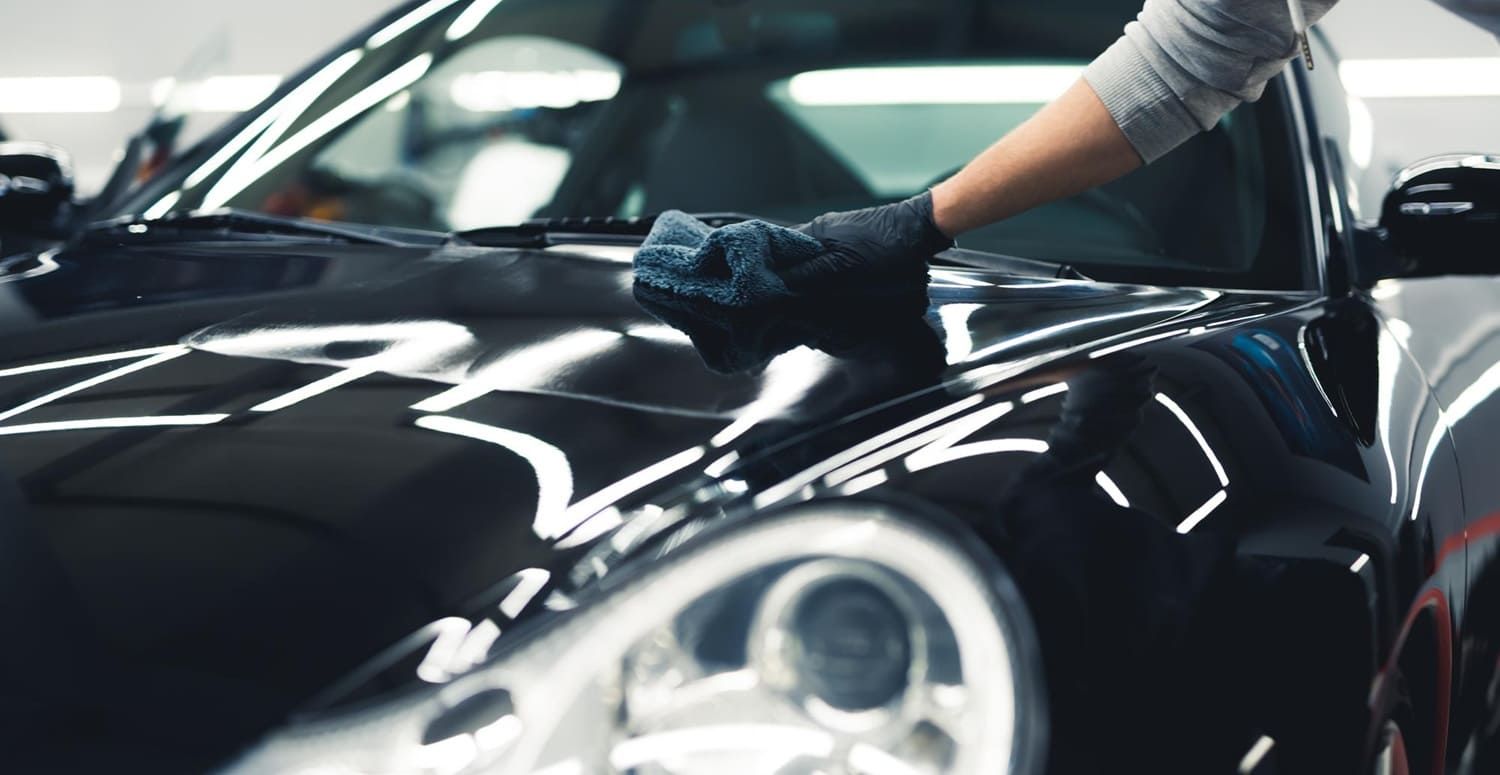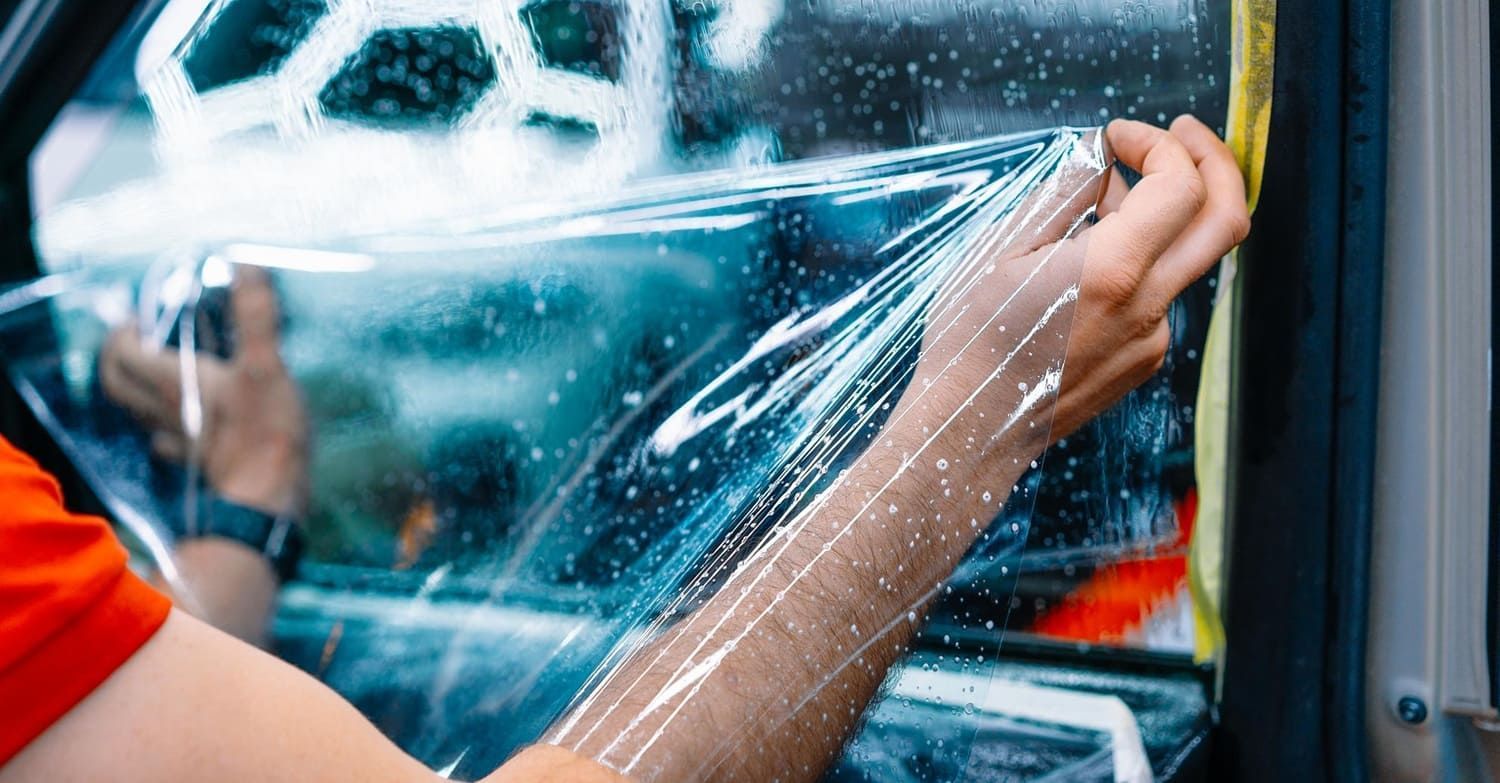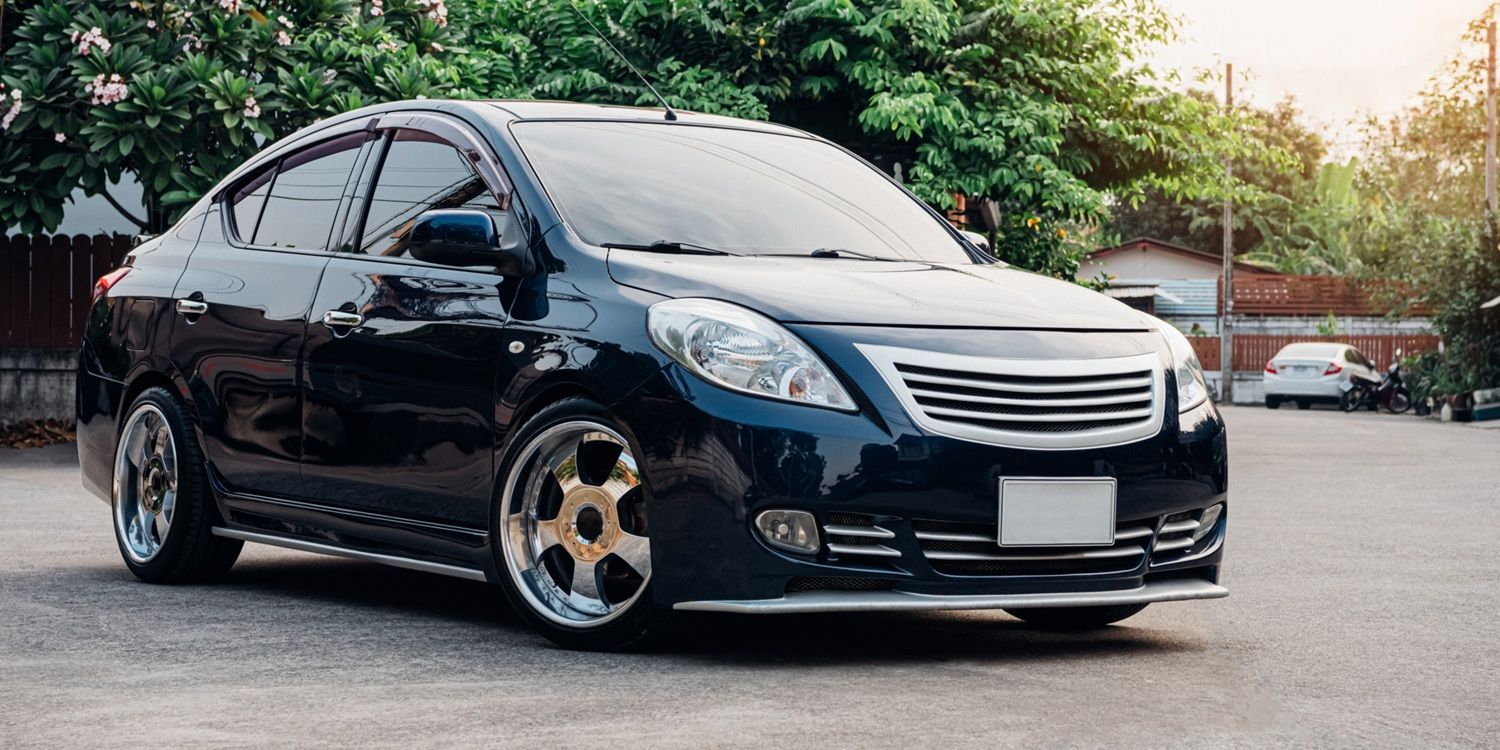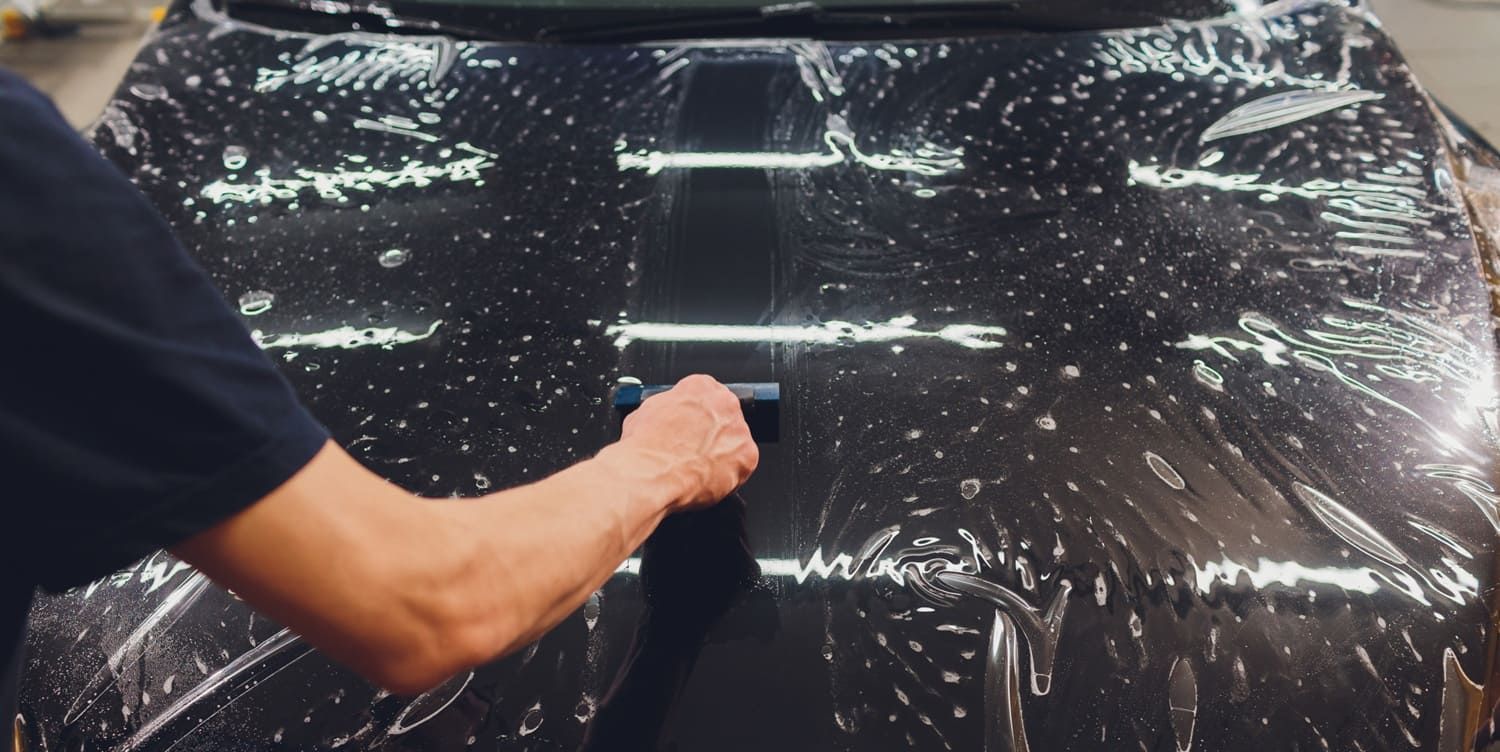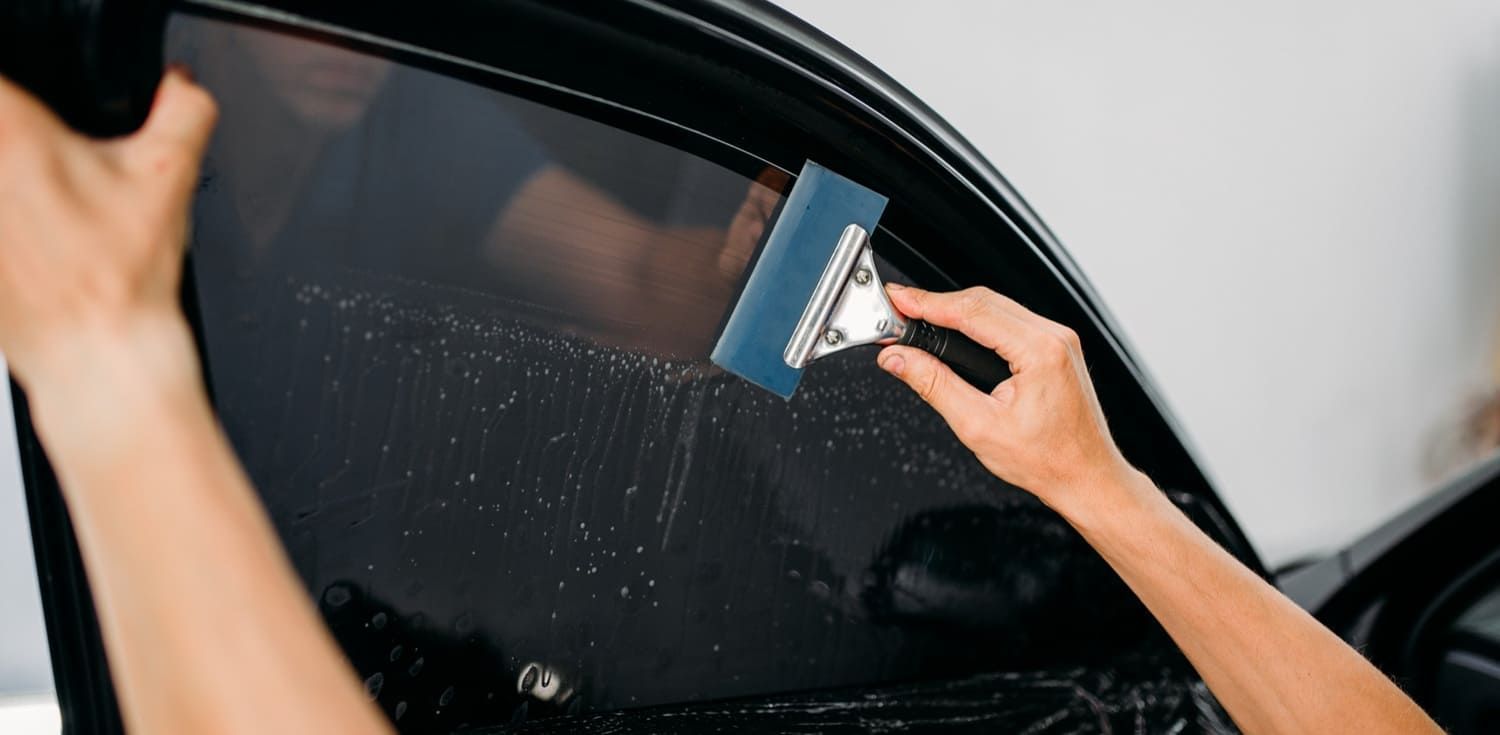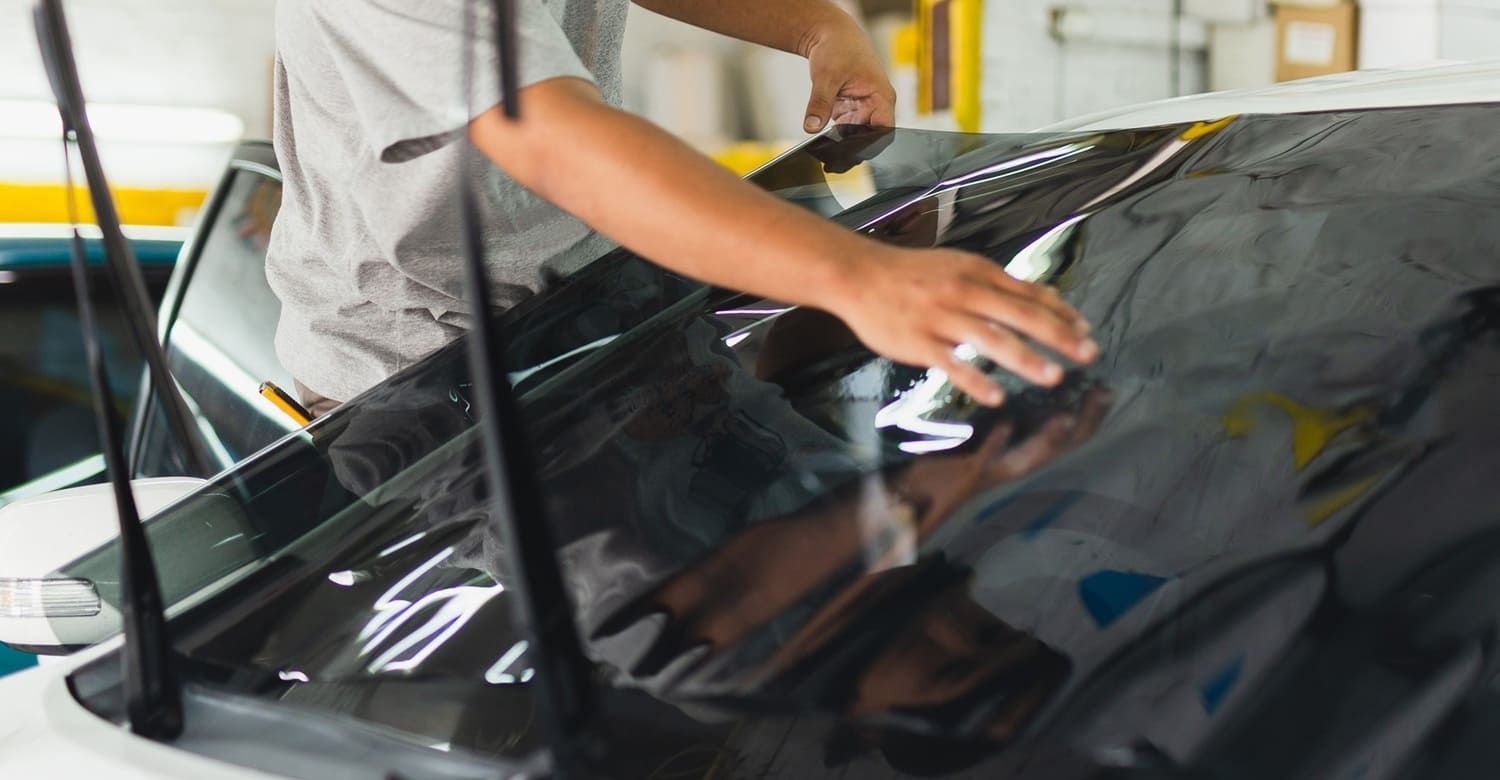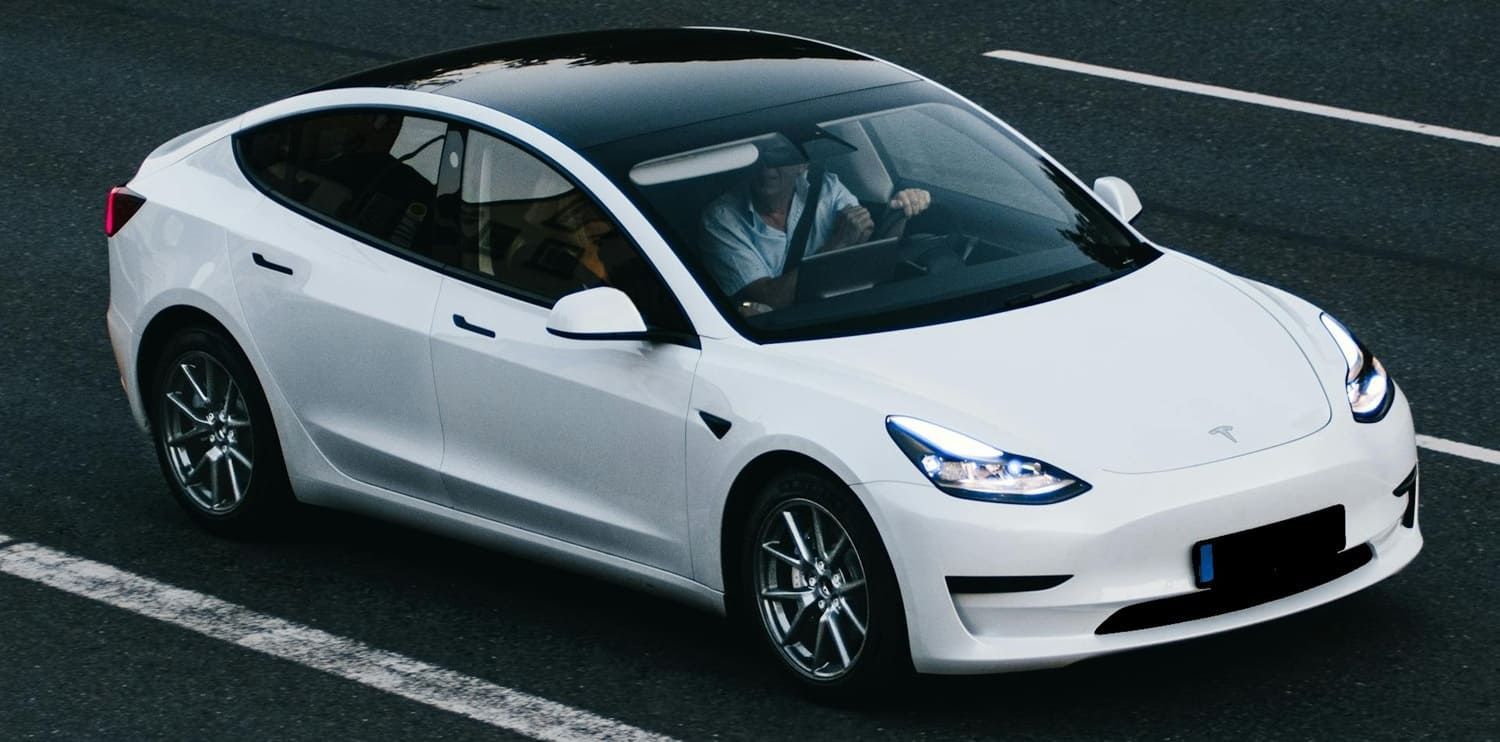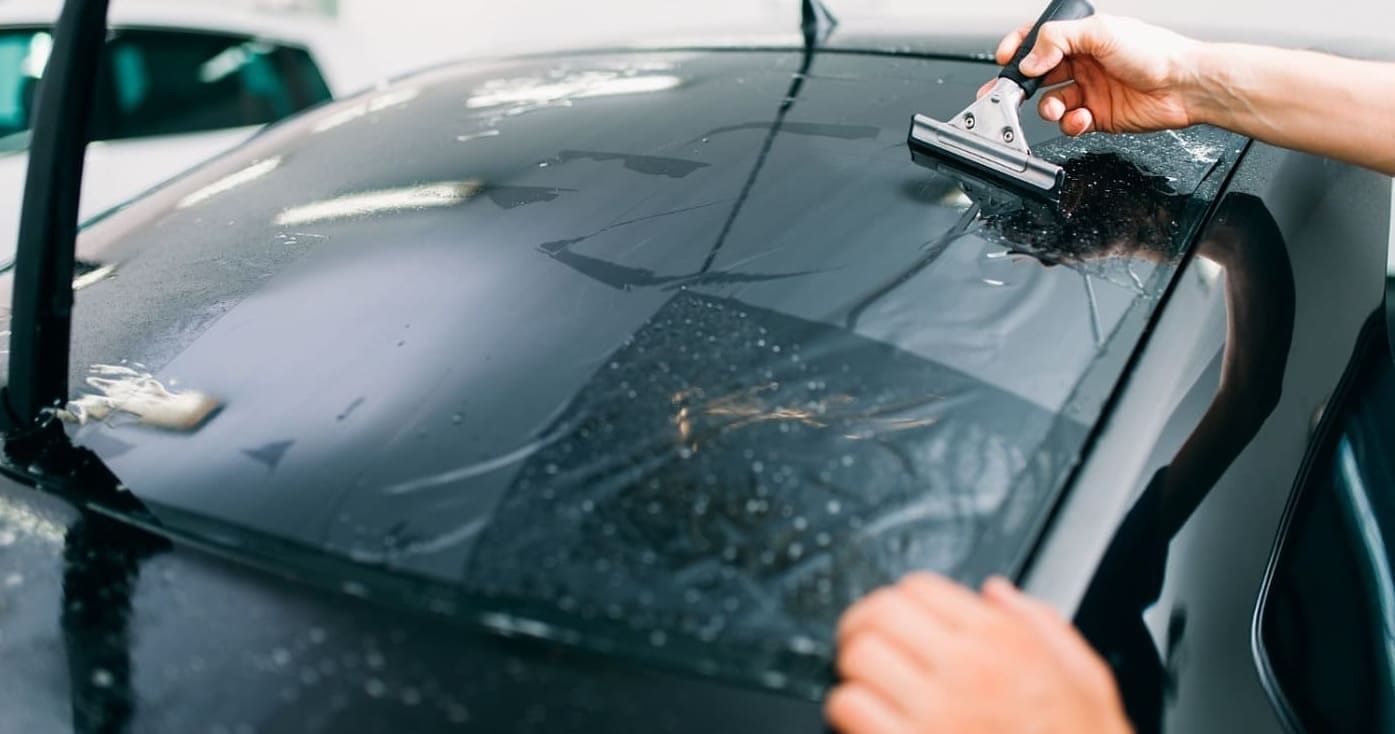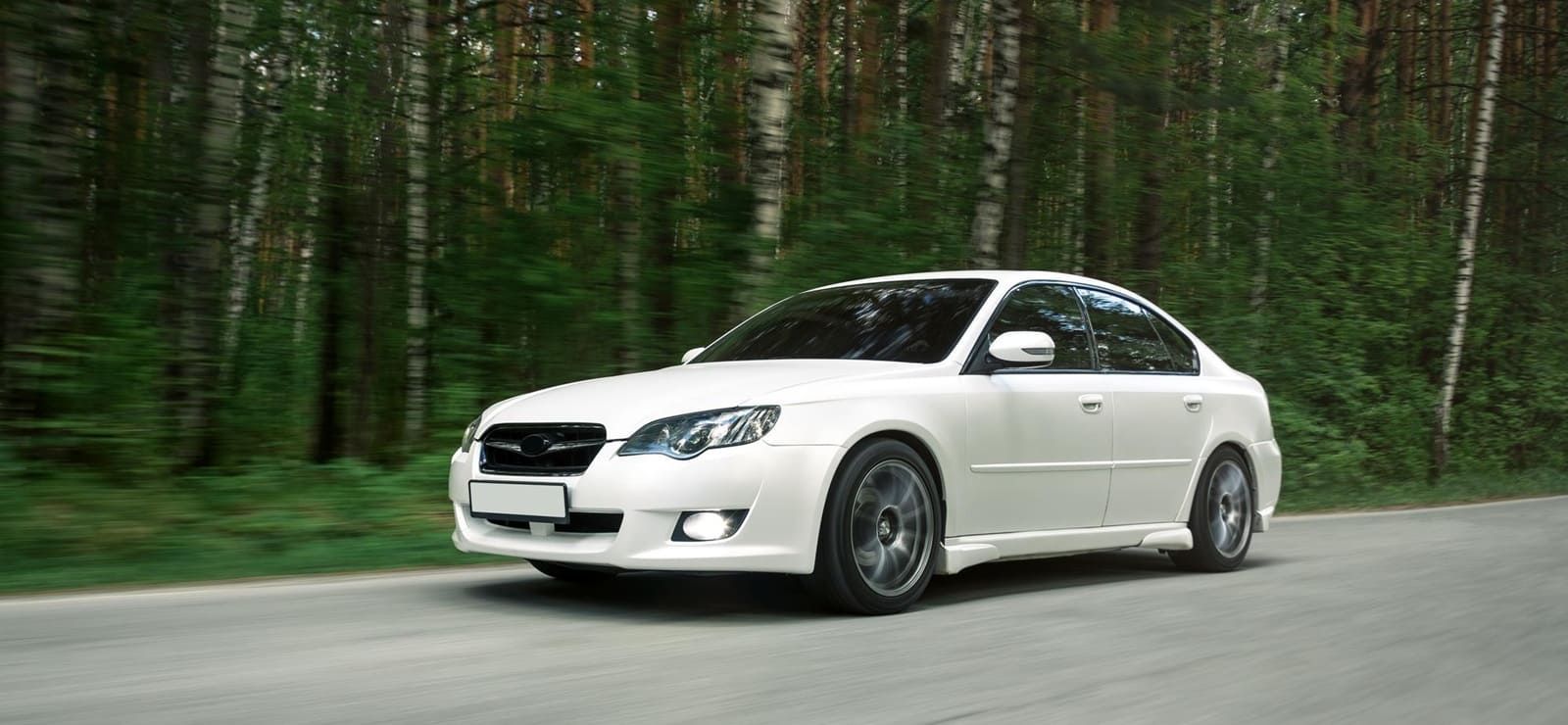Ceramic Window Tinting vs Dyed Tint Which Offers Better UV Protection
When it comes to choosing the right window tint for your car, there are several options available. Among the most popular are ceramic window tinting and dyed tint. Both types serve the primary purpose of reducing glare and heat inside your vehicle, but they offer different levels of ultraviolet (UV) protection. In this article, we will compare ceramic window tinting with dyed tint to determine which provides better UV protection.
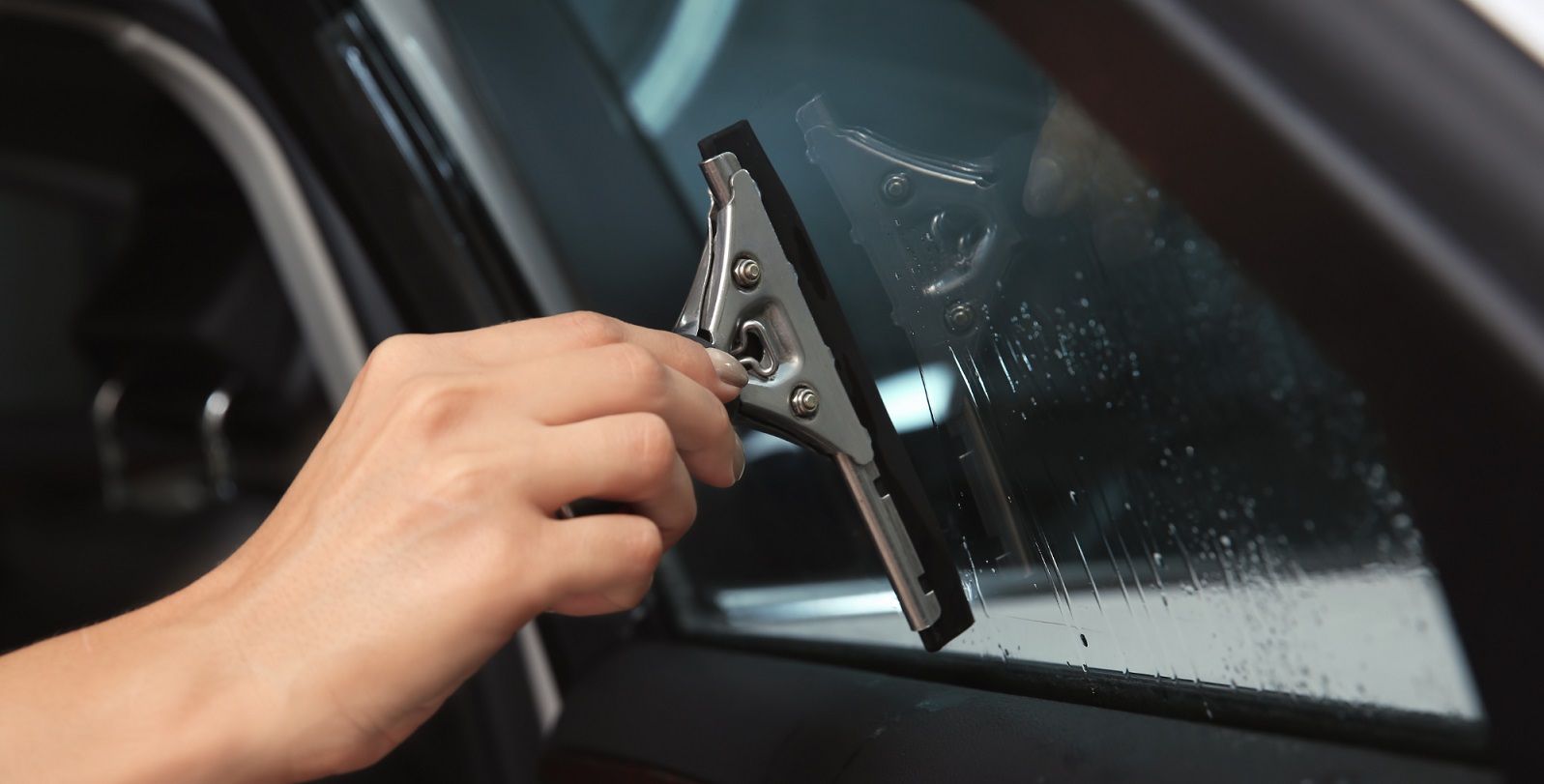
Understanding Window Tints
Before diving into the specifics of ceramic and dyed tints, it's important to understand what window tints are and why they are used. Window tints are thin films applied to the interior of car windows. They serve several purposes including reducing glare, blocking harmful UV rays, keeping your car cooler, and enhancing privacy.
The Importance of UV Protection
UV rays are a form of electromagnetic radiation from the sun. Prolonged exposure to UV rays can lead to skin damage, cataracts, and even cancer. In addition, UV rays can cause the interior of your car to fade and crack over time. Therefore, choosing a window tint that offers effective UV protection is crucial for both your health and the longevity of your car’s interior.
Ceramic Window Tinting
Ceramic window tinting is a newer technology that is becoming increasingly popular among car owners. This type of tint is made from ceramic particles that are non-conductive and non-metallic. Ceramic tints are known for their superior performance in blocking heat and UV rays.
Advantages of Ceramic Window Tinting
Superior UV Protection: Ceramic window tints can block up to 99% of UV rays, providing excellent protection for both passengers and the car's interior.
Heat Reduction: Ceramic tints are highly effective in reducing heat. They can keep your car significantly cooler compared to traditional tints.
Clarity and Visibility: Unlike some other types of tints, ceramic tints do not interfere with visibility. They offer a clear view both during the day and at night.
Durability: Ceramic tints are highly durable and resistant to fading, bubbling, and discoloration over time.
No Signal Interference: Since ceramic tints are non-metallic, they do not interfere with electronic signals such as GPS, cell phone, and radio.
Dyed Window Tinting
Dyed window tinting is one of the most common and economical options available. This type of tint uses a layer of dye to absorb solar heat and reduce glare.
Advantages of Dyed Window Tinting
Cost-Effective: Dyed tints are generally less expensive than ceramic tints, making them a budget-friendly option for many car owners.
Glare Reduction: They are effective at reducing glare from the sun, which can improve driving comfort and safety.
Appearance: Dyed tints provide a dark, sleek appearance that many car owners find aesthetically pleasing.
Limitations of Dyed Window Tinting
Limited UV Protection: While dyed tints do provide some UV protection, they are not as effective as ceramic tints. They typically block only around 50-60% of UV rays.
Heat Rejection: Dyed tints are less effective at heat rejection compared to ceramic tints. Your car may still get quite warm on sunny days.
Durability Issues: Over time, dyed tints may fade, bubble, or discolor, especially with prolonged exposure to sunlight.
Ceramic Window Tinting vs Dyed Tint: Which is Better?
When it comes to UV protection, ceramic window tinting is the clear winner. Its ability to block up to 99% of UV rays far surpasses that of dyed tints. This makes ceramic tints a better choice for those who prioritize UV protection and heat reduction.
However, if budget is a primary concern, dyed tints can still offer some benefits in terms of glare reduction and appearance. It's important to weigh the advantages and limitations of each type to determine which is the best fit for your needs.
Finding Ceramic Window Tinting Near You
If you decide that ceramic window tinting is the right choice for your vehicle, the next step is finding a reputable service provider near you. Here are some tips to help you find the best option:
Research Online: Search for "ceramic window tinting near me" to find local service providers. Read reviews and check their ratings to ensure quality service.
Ask for Recommendations: Reach out to friends or family who have had their windows tinted and ask for recommendations.
Check Certifications: Look for service providers who are certified and experienced in applying ceramic window tints.
Compare Quotes: Get quotes from multiple providers to compare prices and services offered.
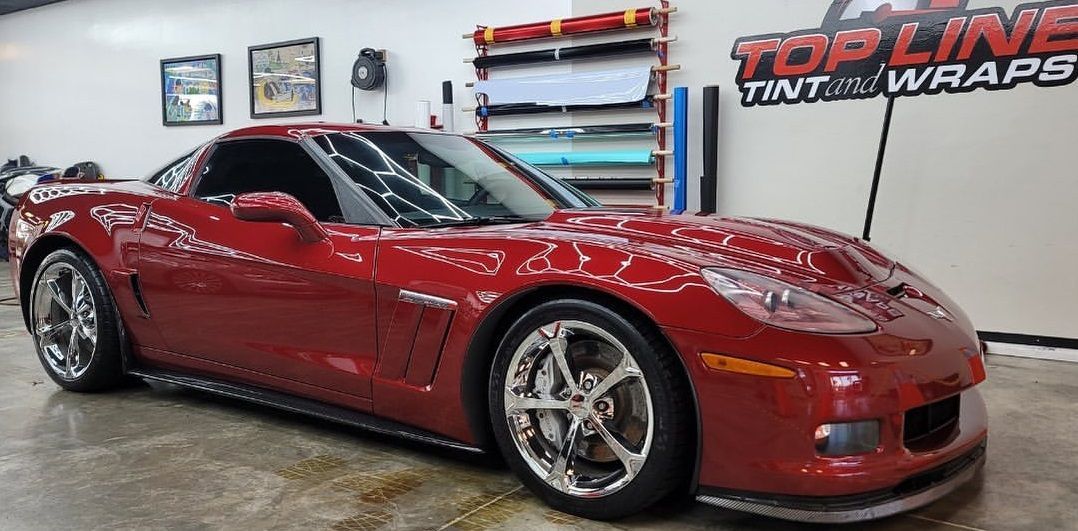
Conclusion
Choosing between ceramic window tinting and dyed tint depends on your needs and priorities. At Top Line Motor Sport in Cape Coral, FL, we offer both options to suit your vehicle. If superior UV protection and heat reduction are your main concerns, ceramic window tinting is the best choice. However, if budget is a consideration, dyed tints still provide valuable benefits.
Regardless of your choice, window tinting is a smart investment that protects you and your car from harmful UV rays. Our expert team helps you understand the differences between these tints, ensuring you make an informed decision that enhances your driving experience.
Contact us today for a free estimate and let Top Line Motor Sport help you choose the perfect window tint for your vehicle.
FAQ: Ceramic Window Tinting vs. Dyed Tint – Which Provides Superior UV Protection?
What is the difference between ceramic window tint and dyed tint?
- Ceramic Tint: Made with nano-ceramic particles, offering superior UV protection, heat rejection, and durability.
- Dyed Tint: Uses a dyed layer to block light and heat, offering basic UV protection and a darker appearance.
Which type of tint blocks more UV rays?
- Ceramic Tint: Blocks up to 99% of harmful UV rays, making it highly effective in protecting passengers and interiors.
- Dyed Tint: Provides decent UV protection but is less effective than ceramic tint, especially over time as it fades.
How does UV protection from tints benefit my car and health?
- Car Interior: Prevents fading, cracking, and discoloration of seats, dashboards, and upholstery.
- Health: Reduces risks of skin damage, premature aging, and skin cancer caused by prolonged UV exposure.
Is ceramic tint worth the higher cost compared to dyed tint?
Yes! While ceramic tint has a higher upfront cost, it offers:
- Superior long-term UV and heat protection.
- Better durability and fade resistance.
- Enhanced driving comfort and safety.
Which tint type lasts longer?
- Ceramic Tint: Highly durable and resistant to fading, lasting up to 10 years or more with proper care.
- Dyed Tint: Prone to fading over time, typically lasting 3–5 years before requiring replacement.
Where can I get professional ceramic or dyed window tint installation?
At Top Line Motor Sport, we specialize in both ceramic and dyed tint installations. Our experts help you choose the best option for your needs and ensure flawless application. Contact us today for a consultation and free estimate!

